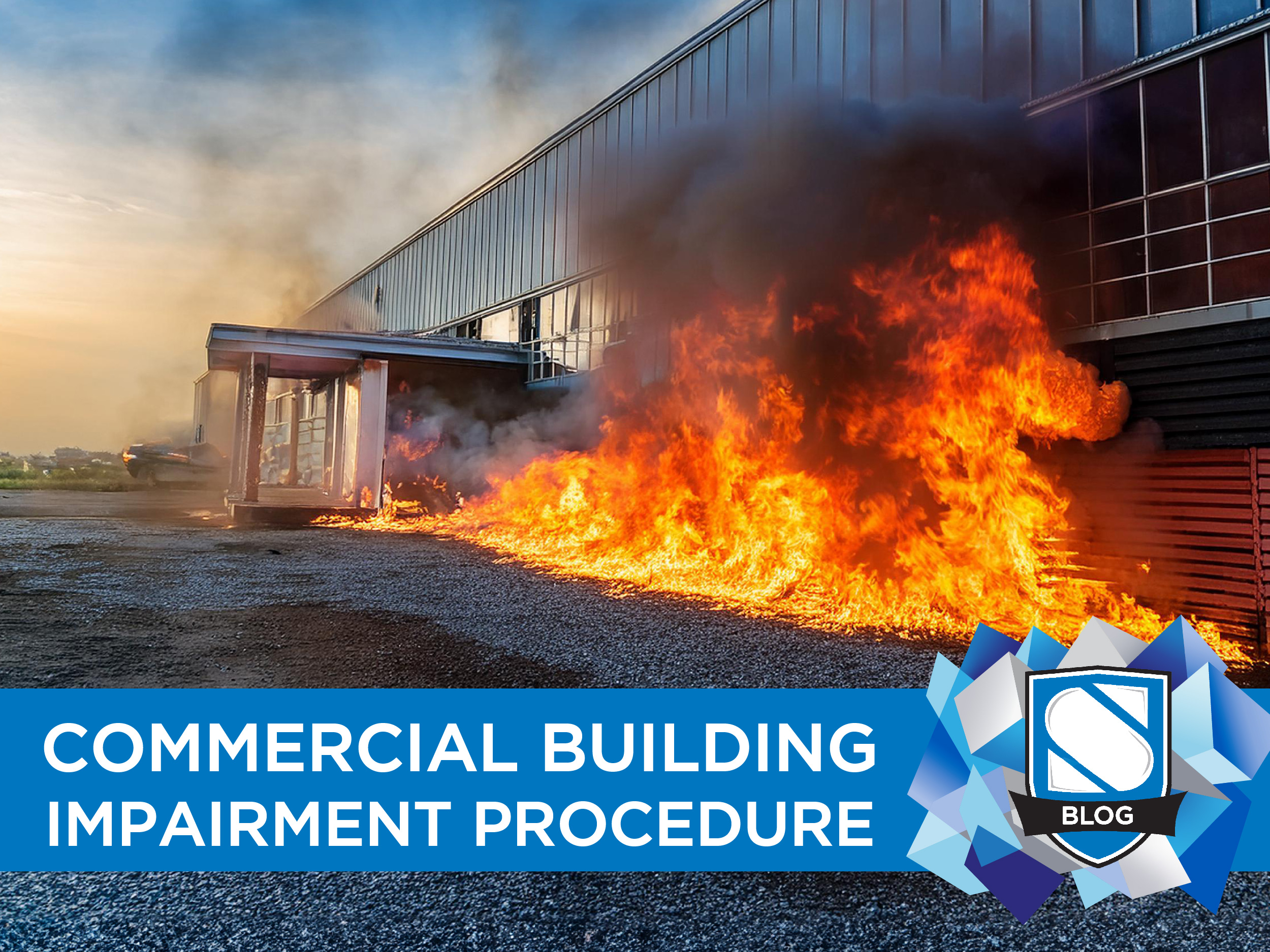Disaster Preparedness for Businesses
In our previous post, we asked this question:
The airline Virgin America has an official customer service goal: They will respond to Tweets within ___ minutes. But often, they’re able to respond within ___.
Answer:
The airline Virgin America has an official customer service goal: They will respond to Tweets within 15 minutes. But often, they’re able to respond within 5. Now that’s customer service through social media done right!
Did you know the answer?
Now for this post’s question!
Even businesses need Emergency Supplies. How many days’ worth of emergency supplies are recommended to be kept on hand for the average number of people on the premises?
Check back for the answer in our next post!
As much as we all like to believe that it’ll never happen to us, the old adage “better safe than sorry” certainly comes into play in regard to disaster preparedness. You can wish away bad weather and use positive thinking as much as you like—but bad things still happen to good people (and good businesses!), and advance preparation for emergencies can mean the difference between staying afloat and sinking under.
Every business needs a solid emergency response plan in place that addresses your business or organization’s readiness and response procedure to all health & safety hazards. It should also include those hazards and solutions for business continuity, in the face of an emergency.
Here are some key tasks to conduct right now—while everything is fine!—to ensure that you’re prepared in the event of a disaster.
1)Secure All Documentation
While we tend to rely on our computers for everything these days, it’s easy to forget that if all our information is stored on the computers in-house, a disaster could actually wipe out all of that data. Permanently. To protect that data, verify that the documentation of company assets is current (and set a schedule to ensure that it remains current through frequent updates) and that it is accessible through an off-site backup.
Should disaster occur, having these backup records will provide critical duplicates of irreplaceable data which the loss of would create a legal or business impairment.
2)Triage Your Business
Take a hard look at the various functions of your business and how they operate. Prioritize them in order of importance for the function of the business, and categorize them along three lines: Critical, Essential, or Important.
Naturally, the critical business functions are the ones that take priority in the event of an emergency. Some of the more common business functions considered as critical are:
•Facilities/Equipment
•Finance
•Human Resources
•Information Systems
•Operations
•Sales
3)List Critical Business Functions for Emergency Operation
Each department, once you’ve triaged it as critical, should be asked to draw up a list of the absolute minimum resources required to be able to conduct business as usual—to a degree, of course—at an alternate site. You need not have an alternate site selected for this procedure, in fact, the list of critical business functions from each department may help inform you as to what alternate sites are or are not possibilities in an emergency situation.
Items on this list may include such things as: materials, equipment, required space, and necessary personnel.
4)Compile Emergency Operation Functionality Data
It’s not enough to just have a list from each department—the data needs to be compiled into a comprehensive spreadsheet, in order to be of full use.
This step will inform the fifth point on this list, which is the Business Impact Analysis phase. The data from each department will assist in the compilation of a Business Resumption Timetable—the kind of thing that ensures you’re able to get business up and running again with as little interruption as possible.
5)Conduct a Business Impact Analysis Questionnaire
Each department in your business or organization should complete one of these questionnaires, which will help the various departments to make a basic assessment of the impact of a disaster on their operations. This step is critical in developing your Business Continuity Plan.
With all of this information in place, it’s far more likely that your business will be able to get itself up and running again in the event of an emergency or disaster—preferably with little time and money lost as a result.
While no one wants to think about disaster befalling them or their place of employment, life is full of unpredictability. It’s better to be prepared than to face regret later down the line!
If you need a little bit of help, contact your Staebler Broker and ask for a Disaster Recovery workbook that can guide them through the process of developing a Disaster Recovery plan.














0 Comments